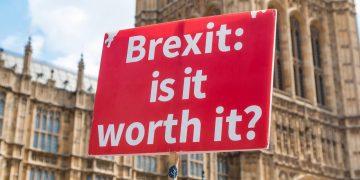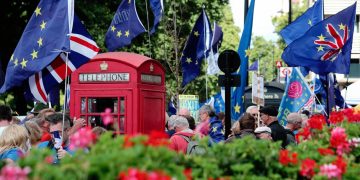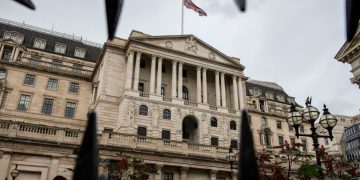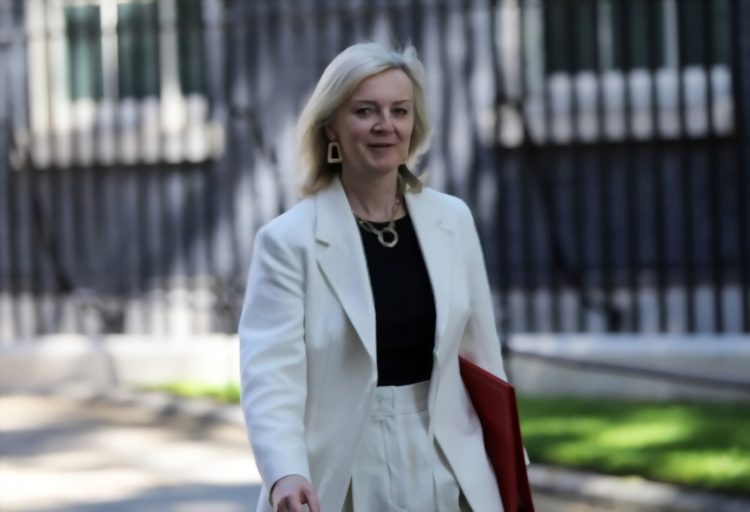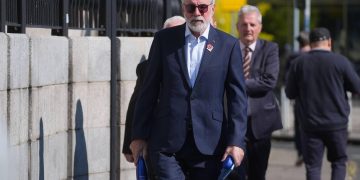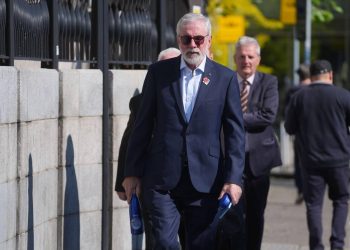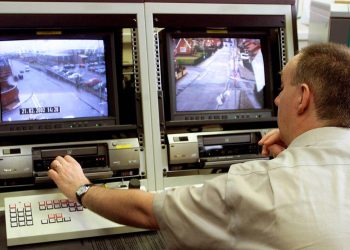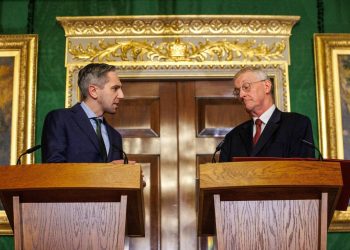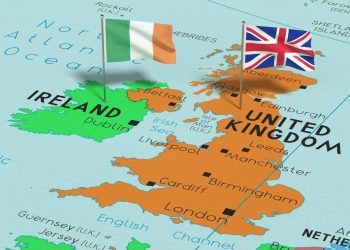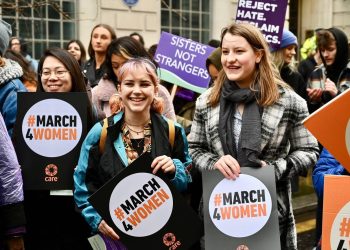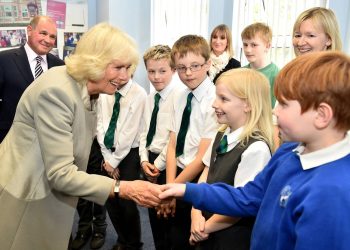- Who is Mary Elizabeth Truss? What is her background?
- What are her policies if she leads the Tories?
Mary Elizabeth Truss was born on 26 July 1975, her family moved to Scotland when Ms Truss was four years old, and she attended West Primary School in Paisley, Renfrewshire, and then Round hay School, a comprehensive in Leeds. Ms Truss married another accountant, Hugh O’Leary, in 2000, and the couple has two daughters.
In 1993, Ms Truss began a degree in Politics, Philosophy and Economics (PPE) at Merton College Oxford – the same subject read by rival Rishi Sunak at Lincoln College Oxford. She was president of its Liberal Democrats Society during her time at the university before graduating in 1996.
Elizabeth Truss was appointed Secretary of State for Foreign, Commonwealth and Development Affairs on 15 September 2021. She was appointed Minister for Women and Equalities on 10 September 2019. She was elected as the Conservative MP for southwest Norfolk in 2010. Elizabeth studied philosophy, politics and economics at Merton College, Oxford.
Elizabeth entered Parliament in 2010. She was appointed Parliamentary Under Secretary of State for Education and Childcare in September 2012. Elizabeth served as the Secretary of State for Environment, Food and Rural Affairs from July 2014 until July 2016. Elizabeth was Lord Chancellor and Secretary of State for Justice from July 2016 until June 2017. She was Chief Secretary to the Treasury from June 2017 until July 2019.
Elizabeth was previously Deputy Director at Reform. She worked in the energy and telecommunications industry for ten years as a commercial manager and economics director and is a qualified management accountant.
Comparisons have been drawn between Ms Truss and Margret Thatcher, aided, at least in part, by her seemingly emulating the Iron Lady in photo opportunities, such as posing in an army tank.
Though in a televised Tory leadership debate, Ms Truss described the school as having ‘let down some of its pupils with ‘low expectations, saying that talent had ‘gone to waste. Even the slowest-witted member of the Conservative party must have twigged by now. The pussy-bow blouse she wore to one of the televised debates. All those shriekingly unsubtle snaps of her riding a tank, sitting in a fighter jet and wearing a faux fur hat in Moscow’s Red Square. Added to which are the thudding claims that she is a steely woman of conviction who will bulldoze through establishment obstruction in a heroic mission to save Britain.
Liz Truss is not quite so crass as to explicitly call herself the second Margaret Thatcher, but she is pleased to encourage that illusion among Tory members. Twitter commentators spotted Liz Truss appearing to recreate an outfit worn by Margaret Thatcher.
The most memorable legacy of her period as environment secretary was a toe-curlingly terrible speech to the Tory conference. She was scandalised that two-thirds of the cheese eaten in Britain was imported. “That. Is. A. Disgrace,” she declared to bemused delegates and giggling journalists.
But her stock began to rise when she was given international trade briefly in 2019, which saw her secure post-Brexit trade deals with Japan and Australia.
As foreign secretary, Truss promoted “Global Britain” to strengthen the UK’s role in international politics. In 2021, she outlined her understanding of British foreign policy during a speech at Chatham House, identifying an ideological struggle between freedom and authoritarian regimes such as Russia and China.
With a reputation as someone who can “get things done”, she was promoted to become the second female foreign secretary in history in September last year. Her key achievements in this role include securing the release of Nazanin Zaghari-Ratcliffe from detention in Iran and introducing a slew of tough sanctions over Russia’s war in Ukraine.
The race to become the next leader of the Tory Party (and therefore Prime Minister of the United Kingdom) is down to just two contenders – Liz Truss and Rishi Sunak.
Under Conservative leadership rules, Tory Members of Parliament have been whittling down all potential leadership candidates by a series of interparty votes, with the remaining two now being put to the vote by the 160,000 or so Party members.
Despite being born to left-wing parents, Liz Truss is widely viewed as on the Conservative party’s right.
Ms Truss has vowed to bring about the most significant economic change the UK has seen in 30 years in her pitch to become the next prime minister.
She has pledged to reverse the National Insurance rise brought in by fellow leadership contender and former chancellor Rishi Sunak, claiming she never supported the manifesto-breaking policy in cabinet discussions.
Ms Truss has also argued she didn’t resign over Mr Johnson’s leadership. In contrast, dozens of other colleagues did because she is a “loyal person” and has indicated she will not allow him to be in her cabinet if she does win the leadership race.
She cited the Comprehensive and Progressive Trade Agreement (CPTPA) between 11 Pacific states, which she considered a bulwark against China and London should join. This was a vision that was “in its essence, Thatcherite”, the Economist magazine noted afterwards.
Truss is pledging 30 billion pounds ($37bn) in tax cuts, similar to Thatcher, who reduced personal income tax in the 1980s, and promises immediate action to help people cope with the rising cost of living. The tax cut, according to Truss, would rein inflation while boosting growth. “Trussonomics” is the term used for her proposal, her version of supply-side economics, a key feature of Thatcher’s economic policies. In essence, Truss would imply more continuity with Johnson than Sunak as Britain’s next PM, Convery said.
A recent YouGov survey found that 31 percent intend to vote for Sunak, while 49 percent plan to vote for Truss.
Positioning herself as an economic libertarian, she outlined plans to cancel ex-chancellor Rishi Sunak’s rises in corporation tax and National Insurance. Truss pledged to increase defence spending to 3 per cent of GDP by the decade’s end and endorsed home secretary Priti Patel’s widely loathed Rwanda deportation scheme for asylum seekers.
The woman who left her leadership launch via the wrong door and tweeted out a promise to “hit the ground” as PM (she presumably meant hit the ground running) will also need to cut out the gaffes if she is to see off Mr Sunak’s more pragmatic appeal and win No 10.

